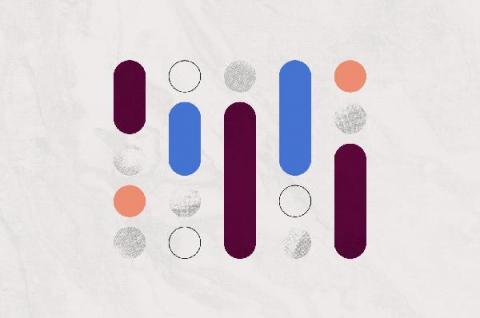5 Human Resources Dashboard Examples to Visualize your HR KPIs
Experts have dubbed 2021 the year of “The Great Resignation.” The pandemic has been a catalyst for many workers to reassess their values, priorities, and work situation—a 2021 study by The Predictive Index found that “48% of employees have thought about changing careers within the past 12 months.” It’s safe to say that HR departments have a lot on their plates right now.











